

The F-5's roots begin way back in the mid-1950s. After a tour around Europe and Asia, Northrop's team saw the need for a supersonic fighter that was cheap and easy to maintain. In 1955, the N-156 was formally brought into fruition and work began. It ultimately evolved into the N-156F and although the Navy and Air Force weren't interested in it, Northrop pursued the idea. Several years later in 1962, the DoD formally announced that the N-156F would be its chosen aircraft for the Military Assistance Program (MAP). This led to the F-5A serving with U.S. forces as a cheap and easy-to-maintain fighter and ultimately being one of the best export-type fighters ever built.
Introduced in Update "Direct Hit" as a reward for the 2021 Export Order event, the F-5A is a very strong fighter. It has favorable flight characteristics and excels in dogfighting thanks to its light and small airframe. The F-5A also has 60 countermeasures which are very important at its battle rating for survival. Although the F-5A can only carry two AIM-9Es, the guns are excellent and enemy planes can easily be taken down with a short burst. The F-5A also has an extensive list of bombs and rockets although players should stick to attacking enemy fighters where the F-5A excels at. Nonetheless, players will be satisfied with the F-5A's overall performance and capability.
flaps
flaps
flaps
brake
| Belt | Belt filling | Armor penetration (mm) at a distance: | |||||
|---|---|---|---|---|---|---|---|
| 10 m | 100 m | 500 m | 1000 m | 1500 m | 2000 m | ||
| HEF-I/HEF-I/API-T/AP-I | 42 | 37 | 23 | 13 | 7 | 4 | |
| HEF-I/API-T/AP-I | 42 | 37 | 23 | 13 | 7 | 4 | |
| HEF-I/HEF-I/HEF-I/API-T/AP-I | 42 | 37 | 23 | 13 | 7 | 4 | |
| API-T/AP-I/AP-I | 42 | 37 | 23 | 13 | 7 | 4 | |
| HEF-I/HEF-I/HEF-I/AP-I | 42 | 37 | 23 | 13 | 7 | 4 | |
| Name | Weight | Slot | ||||||
|---|---|---|---|---|---|---|---|---|
| 76.4 kg | 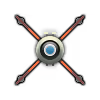 |  | ||||||
| 240.9 kg |  |  |  |  |  | |||
| 254 kg | 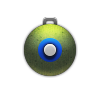 |  |  |  |  | |||
| 362.4 kg |  |  |  |  |  | |||
| 401.4 kg | 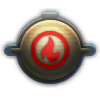 |  |  |  |  | |||
| 19 × | 233.7 kg | 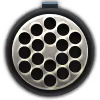 |  |  |  | |||
| 4 × | 280.3 kg | 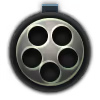 |  | |||||
| 259 kg | 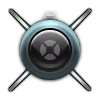 |  |  |  | ||||
| 6 × | 707.4 kg | 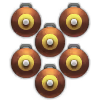 |  |  | ||||
| 446.8 kg | 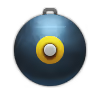 |  |  | |||||
| Drop tank (150 gal.) | 80 kg | 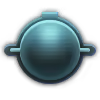 |  | |||||
| 893.6 kg | 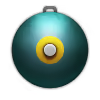 | |||||||
| Drop tank (150 gal.) | 80 kg |  | ||||||












Flight performance | |
|---|---|
Survivability |
|---|
Weaponry | ||
|---|---|---|